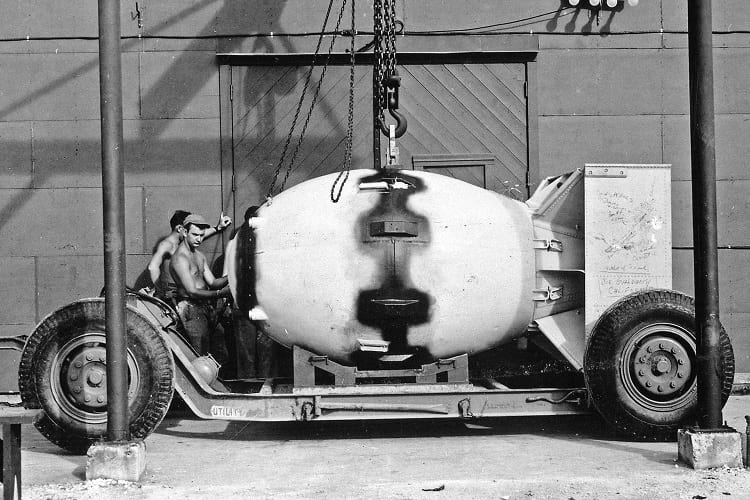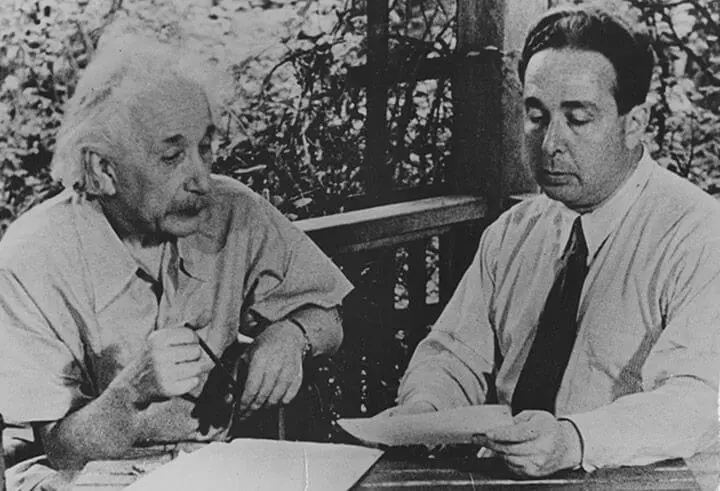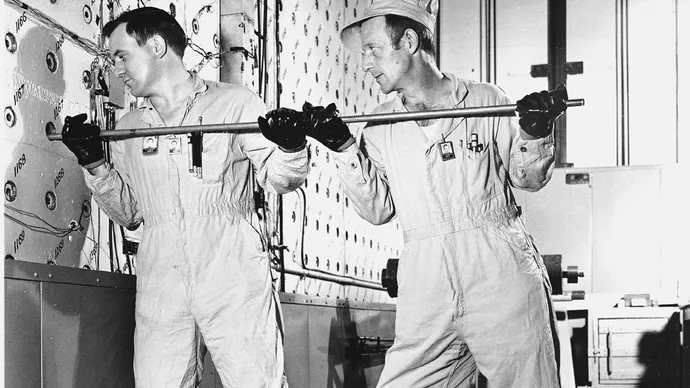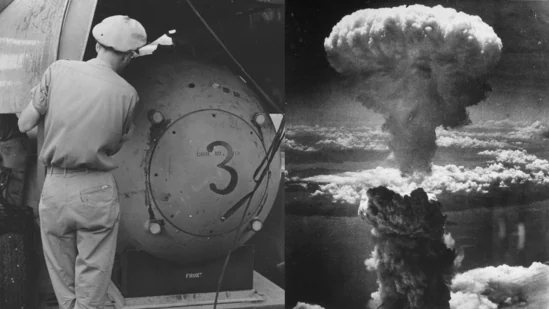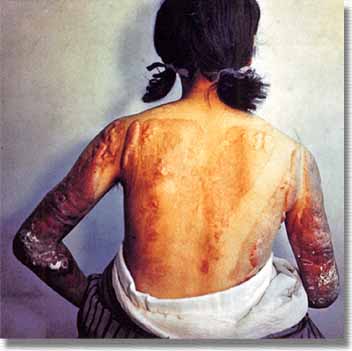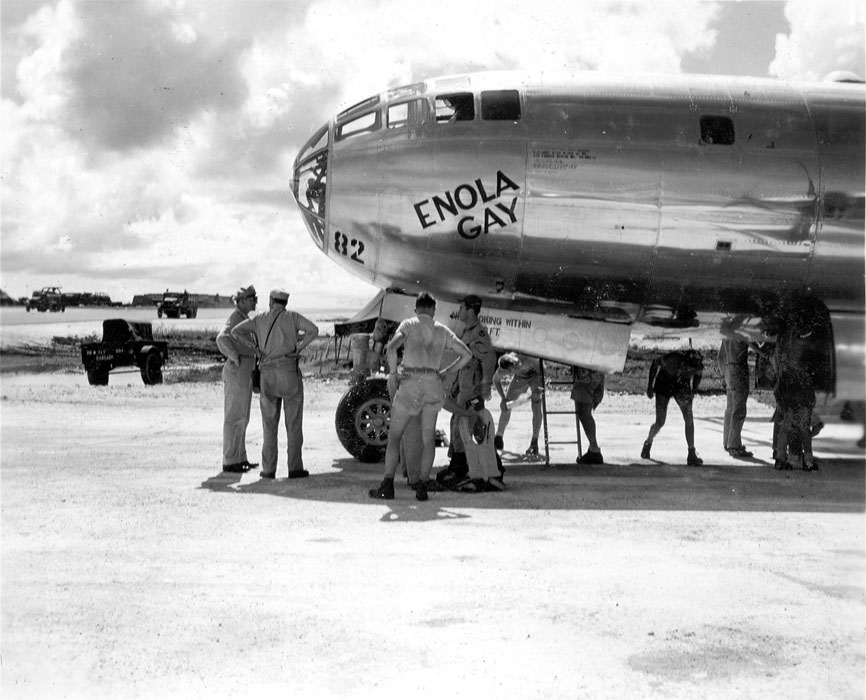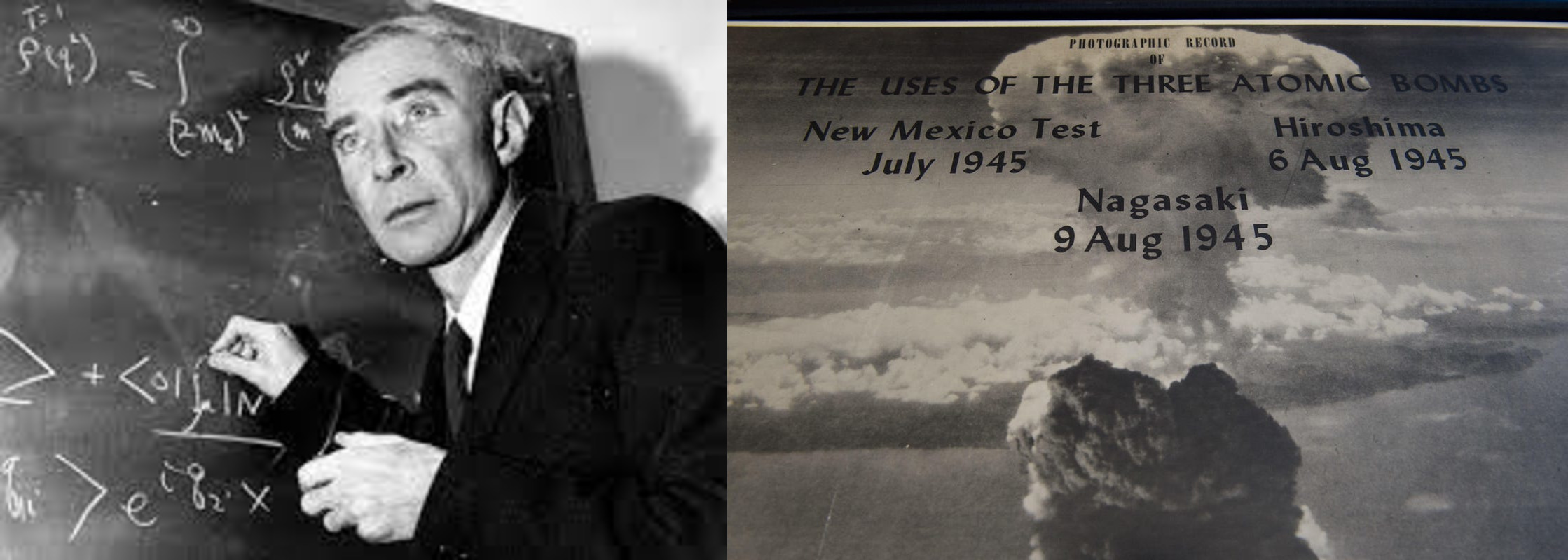
The Birth Of Manhattan Project…
It all started in 1938 when three chemists in Berlin made a discovery that altered the court of history, well, they split the uranium atom. . The energy released when this splitting, or fission, occurs is tremendous–enough to power a bomb. But before such a weapon could be built, numerous technical problems required to be overcome.
At the same time, Albert Einstein wrote a letter to President Franklin Roosevelt with his concerns that the Germans are capable of overcoming these problems. In his letter, Einstein warned the president that Nazi Germany was likely already at work on developing a nuclear weapon. Einstein’s letter formed the fundamental stone for the Manhattan Project, a research and development undertaking during World War II that produced the first nuclear weapons. By August 1942, the Manhattan Project was underway.
The Manhattan Project was led by the United States with the support of the United Kingdom and Canada. From 1942 to 1946, this project remained under the direction of Major General Leslie Groves of the U.S. Army Corps of Engineers.
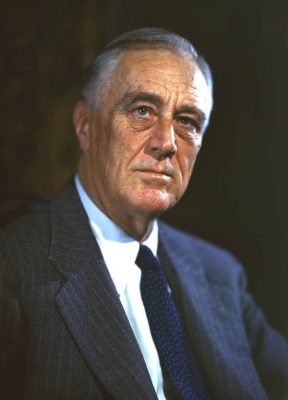
The mastermind behind the atomic bomb was Nuclear physicist Robert Oppenheimer, who served as the director of the Los Alamos Laboratory that designed the actual bombs. By 1944, six thousand scientists and engineers from leading universities and industrial research labs collaborated on the development of the world’s first-ever nuclear weapon.
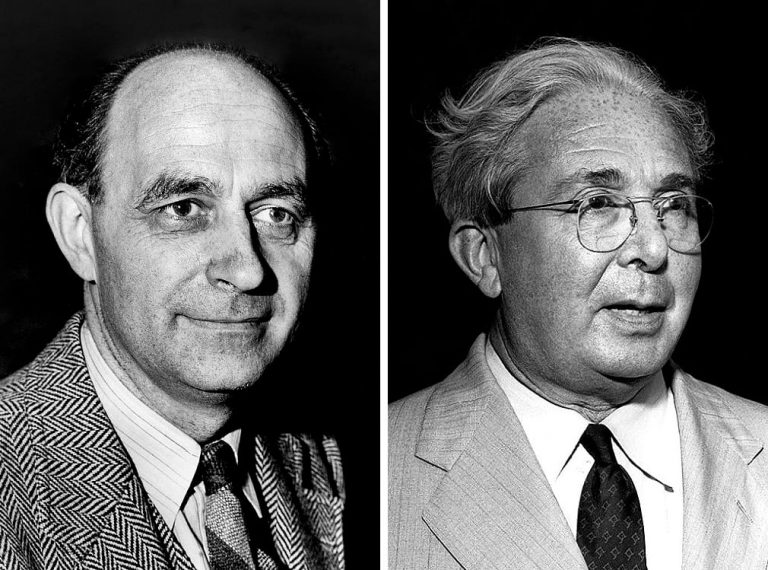
Code-named Manhattan, the project began in 1939 but grew to employ more than 130,000 people and cost nearly US $2 billion (which stands at more than $23 billion presently). Most of the cost was incurred in building factories and producing fissile material. Research and production took place at more than 30 sites across the United States, the United Kingdom, and Canada.
Ousting Einstein For Security Reasons…
In July 1940, Albert Einstein was denied the security clearance to work on the Manhattan Project by the U.S. Army Intelligence office. Not only this but hundreds of scientists working on the project were forbidden from consulting with him because the left-leaning political activist was considered a potential security risk.
Although Albert Einstein wasn’t directly involved in the atomic bomb, many people incorrectly associate him with the advent of nuclear weapons. Now, to eliminate the confusion, his equation E=mc2 only explains the energy released in an atomic bomb but doesn’t explain how to build one.
In his interviews, he repeatedly reminded people, “I do not consider myself the father of the release of atomic energy. My part in it was quite indirect.” Nevertheless, Einstein was frequently asked to explain his role—as he was when a Japanese magazine editor asked him, “Why did you cooperate in the production of atomic bombs, knowing full well their… destructive power?”
However, Albert Einstein replied that his only act had been to write to President Roosevelt mentioning that the United States researched atomic weapons before the Germans could succeed in harnessing this deadly weapon. Nevertheless, he confessed that he regretted every step. In an interview, he said: “had I known that the Germans would not succeed in developing an atomic bomb, I would have done nothing.”
What Was Operation Alsos?
The Manhattan Project was also charged with gathering intelligence on the German nuclear weapon project, which gave rise to Operation Alsos. The personnel associated with this project served in Europe, sometimes behind enemy lines, and gathered nuclear materials and documents, and even rounded up German scientists. Despite tight security, Soviet atomic spies successfully penetrated the program.
Was Bombing Hiroshima & Nagasaki Necessary?
Truman believed that the bombing of Hiroshima and Nagasaki would shorten the war and save the lives of tens or hundreds of thousands of people on both sides. Instead, it caused more destruction than one could have ever imagined. Following the atomic bombing, there were both proponents and detractors shared their views on the question of whether or not the bombing was necessary.
Many questions remain about the necessity of using the bomb and its moral implications: Would the United States have acted so quickly to use nuclear weapons against Europeans? Was racism against the Japanese an element in the decision? Might the United States have exploded a nuclear bomb on an uninhabited island to demonstrate the bomb’s terrible power instead of destroying two cities? Might the United States have been able to gain Japan’s unconditional surrender by other means?
Professor Alex Wellerstein, a historian of science at the Stevens Institute of Technology who studies the history of nuclear weapons, stated that President Truman was the one who was most affected by the use of the nuclear weapon.
“On August 10 after Nagasaki, Truman tells the military that they are not allowed to use nuclear weapons without his explicit permission, he tells his cabinet this because he couldn’t imagine killing another 100,000 people”, stated Professor Wellerstein.
However, Wellerstein cleared that it was China, the single major allied Asian power fighting against the Japanese, did not express at that time any regret about the atomic bombings whatsoever, the Chinese felt that it was something that bought the war to an end much more quickly than otherwise might have happened.”
While the answers to the aforementioned questions remain complex. I think there were other alternates. The bombings of Japan remain the only wartime use of nuclear weapons since 1945, the threat still lingers in our heads.
I won’t relitigate the decision to drop atomic weapons on two civilian populations. Even some of the scientists who were responsible for the successful creation and testing of such weapons pleaded with decision-makers not to use them in combat. In the United States, we’re still engaging in a false narrative that attempts to justify the unjustifiable.
It’s critical that we recognize the human cost of the atomic bombings. As Hiroshima bombing survivor Setsuko Thurlow has said, “Each person had a name. Each person was loved by someone. Let us ensure that their deaths were not in vain.”
The current nuclear weapons are over 50 times more powerful than the bomb dropped on Hiroshima. However, the question, of will a nuclear weapon be fired again, remains unanswered to date. What do you think?

